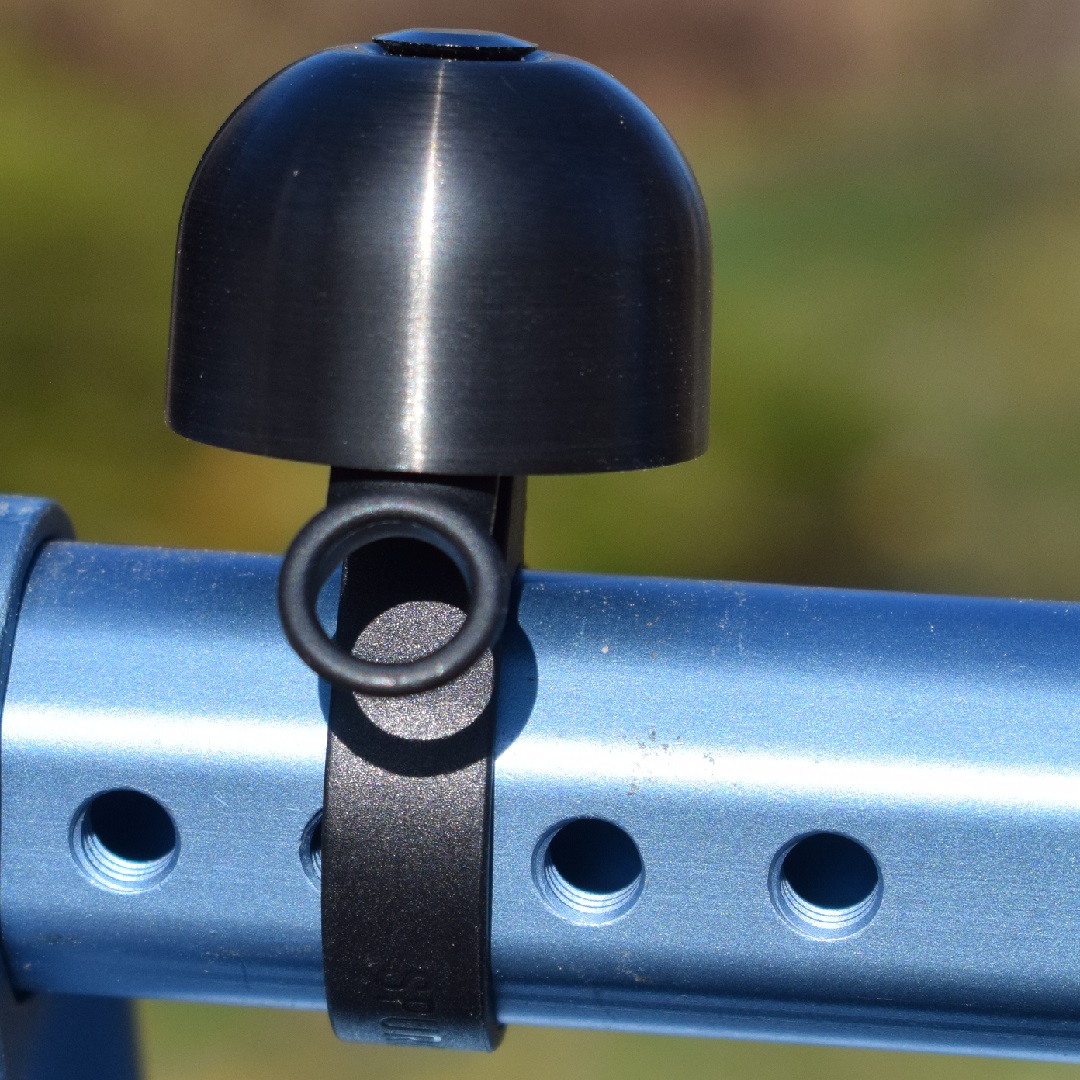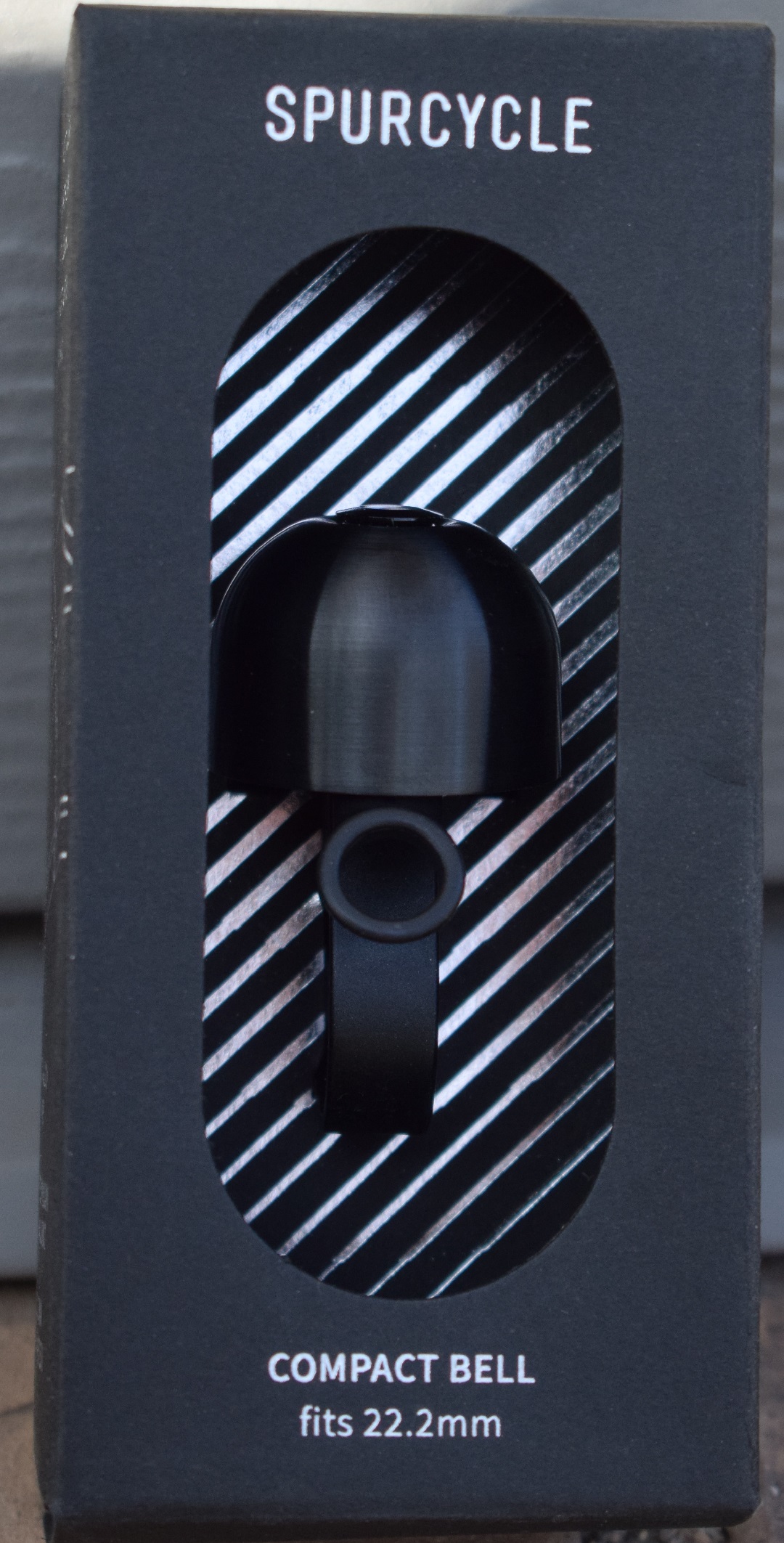By Russ Lowthian, HaveFunBiking
With summer riding opportunities here, it may be time to look for a new bicycle bell for added safety. Personally, I prefer using a bell when approaching slower cyclists and people walking on the trail, just ahead of me. Rather than using my voice alone, with a tone that may vary. I find a bell noise from SpurCycle, with a quick statement of “On your left,” when passing, is more effective and appreciated. The Compact Bell is perfect and offers the same high-frequency ping as SpurCycle’s original bell, just smaller with fewer moving parts.
The SpurCycle Compact Bicycle Bell
In a recent test of the SpurCycle Compact Bell, I found the ring lasts longer than most bells. I found the high-frequency ping with a rich aftermath tone helps those, as you approach, of your on-coming presents.

This compact bell is plenty loud for off-road riding and suburban commuting but won’t win against car horns and heavy street traffic in a metropolitan area. This bell’s true advantage is how long the ring lasts (or “sustains”), ending at the same frequency.

It’s great for commuters or mountain bikers because you can start the ring 10-15 seconds before passing a biker or pedestrian. Letting them know where you are and when you will be approaching. With the SpurCycle Bell, there’s no need to ring your bell 20-times like the inexpensive department store models. The initial ring offers enough of a shrill to get the attention of even the most hardcore earbud rockers, if you do choose to hit it repeatedly.
If your bike has a larger diameter handlebar (22.2 to 31.8 mm), consider the SpurCycle Original.
Mastering the use of your voice or the use of a bicycle bell
In a recent article published by CyclingSavvy, should you use a bicycle bell or your voice? For many, it’s a cultural issue. In this in-depth article, John Brooking discusses how you can use a bell or your voice to alert people and what to check for after sending an audible signal. He also touches on the other sounds bicycles make and how these extend your pre-ride safety check. Making it natural so your bell and voice, when riding, is a call-and-response. Musicians use this so the audience can sing along; you can use it, so your passage is predictable and safe.
Personally, as you can probably tell in this read, I prefer the bell to voice commands. Especially if you are in an urban area with heavy pedestrian foot traffic. Having spent time in Amsterdam on a bicycle made me a true believer that the bell’s sound was mightier than the voice.


